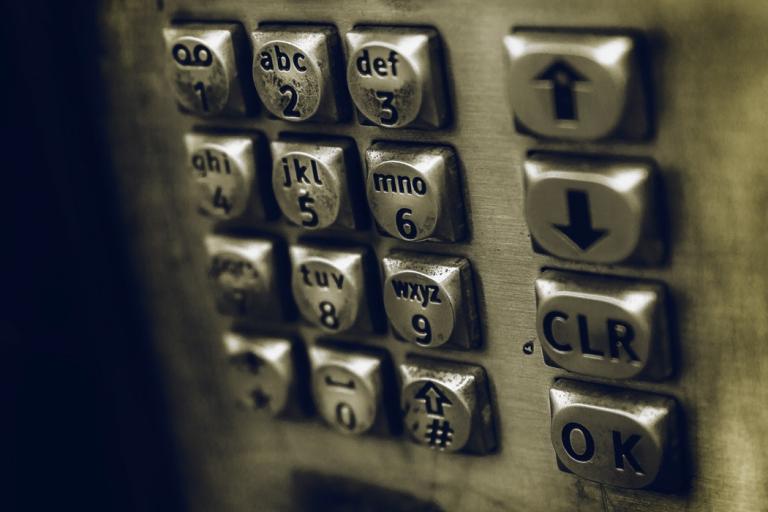
Today I was, as one often is, on the phone with a bot, pressing 1 and pressing 2 to accomplish the thing for which I had phoned.
This bot gave me the choice of pressing 1 and 2 or saying “yes” and “no.” I hate saying “yes” and “no” to bots, so I chose to press. Then I got wondering (while I was on hold waiting for the bot) whether anyone talks to the bot when they could press 1 and 2 instead. It seems so odd to make my vocal chords move when I know a robot is on the other end.
That got me thinking about a presentation I heard last year by Dot Porter at the 53rd International Congress on Medieval Studies at Western Michigan University on the uncanny valley. I tracked a version of it down, and you can read it here: “Zombie Manuscripts: Digital Facsimiles in the Uncanny Valley.”
What, you may ask, is the uncanny valley? Go read Ms. Porter’s essay, for sure – but the tl;dr version is that researchers in robotics and AI (primarily Masahiro Mori) have discovered that when AI gets too close to seeming human, but being not human, it weirds us out:
as robots become more human-like, we have greater affinity for them, until they reach a point at which the likeness becomes creepy, or uncanny, leading to a sudden dip into negative affinity – the uncanny valley.
Ms. Porter applied this to the presentation of digital manuscripts online, suggesting that we need not worry quite so bit about making the presentation like turning the pages of an actual book. When we do, we often create things that strike us as moving in relationship to real books in the way zombies move in relationship to real people. Researchers online know they are online. They don’t need us to pretend we’re not. She quotes Mori:
I predict that it is possible to create a safe level of affinity by deliberately pursuing a nonhuman design. I ask designers to ponder this. To illustrate the principle, consider eyeglasses. Eyeglasses do not resemble real eyeballs, but one could say that their design has created a charming pair of new eyes.
So what does this have to do with bots on the phone? Well, I know I’m talking to a bot, and asking me to talk to it by pressing keys seems natural. Asking me to speak to it, for me, places me into the uncanny valley. We are now trying to pretend this is an actual human interaction. It’s not. It’s a bot. I’m OK with it being a bot. I don’t have to have a human tell me my balance. Let’s just own up to the fact it’s a bot. I’m into honesty this week.
Or maybe I’m just old.
At that point the bot came back with my balance, and we were done. I did not tell it goodbye.
Image from Unsplash of the kind of buttons I was pressing when phone menus first became a thing.













